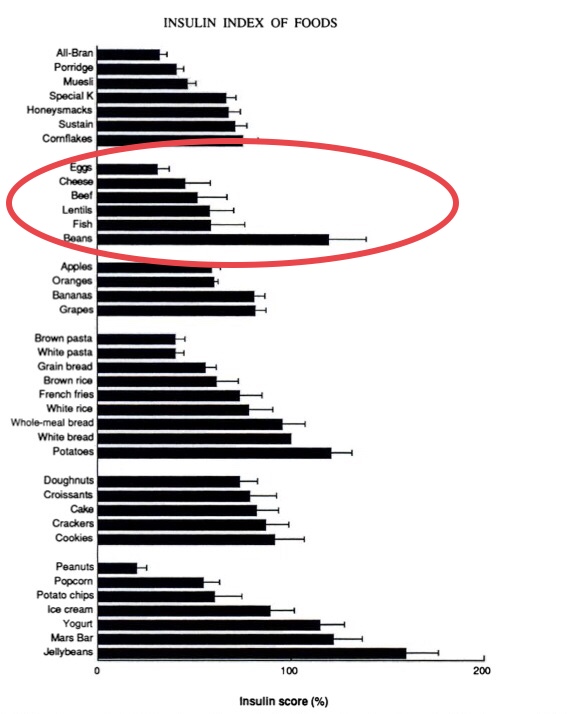
Following Good Health Advice
Most diets adhere to strict guidelines for consuming carbohydrates and fats, but daily protein requirements often remain uncertain.
To balance our daily meals, we should have a healthy portion of protein to help curb our appetites, preserve lean muscle mass, and help repair muscle tissue after rigorous exercise.
Some recommendations from coach and trainers are much higher than the RDA (recommended daily amount), with suggestions often as high as daily carbohydrate macros.
The intake for excess protein can be a concern for some, since these higher amounts can put a stress on the liver to work harder breaking down proteins and removing additional toxins.
Protein is often needed in higher amounts by athletes, especially bodybuilders, which is why there’s a need to find the best amount for each individual.
This article will quickly explain the amount you should calculate within your diet and address the health

How Much Protein Do You Need Each Day
The most common source of protein in a typical diet is usually derived from meats, poultry, and fish. This list also includes dairy, legumes, and nuts as well.
The Food and Nutrition Board has a RDA amount of 0.8/kg of protein for sedentary individuals and 1.0/kg for athletic/active individuals.
Trainers and coaches often have disagreements with these amounts and recommend much higher amounts, as it’s believed that high protein levels are needed to prevent muscle breakdown with active individuals.
This is why it’s not uncommon to see recommendations as high as 1-1.7g/kg by popular fitness coaches and trainers.
While there are debates and research ongoing about the amount of protein that can be absorbed in a single meal, anyone considering a high protein diet should be aware of some concerns.
Leaner protein meat sources are always recommended by dieticians and nutritionists, but these proteins tend to raise insulin levels higher than fattier protein sources. This is especially true for lean protein sources such as whey protein.
Insulin spikes from high glycemic foods are bad because they can create insulin resistance and fat gain slowly over time. This catches most people of guard, as protein isn’t considered by many as a high glycemic food. It has a relatively high insulin response without pairing with other foods:

High protein can become an issue for the older adult population (50+), as stomach acid production tends to be lower than younger individuals. This can create a protein deficiency with absorption becoming a problem as the amino acids are not being broken down.
Protein would be recommended for this group with the aid of a digestive stomach acid, such as apple cider vinegar. Additional amino acids can also be supplemented as they much easier to absorb than proteins.
Finally, higher levels of protein can create a lot of waste in the form of toxins in the body. This can be a problem for individuals predisposed with a fatty liver, cirrhosis, or hepatitis.
To prevent any possible loss from muscle breakdown and malabsorption from underlying issues that might be present, I usually start with a recommend protein amount of 1g/kg. To convert from pounds divide your weight by 2.2 to get the protein grams needed (ex. 180lbs/2.2 = 82g of protein).
The Wrap Up
A good diet should have higher amounts of protein for active individuals, roughly 1g/kg of your body mass in grams of protein. Protein preserves muscle mass for active and athletic individuals but can be a problem if consumed at an high amounts with underlying health issues. It may be best to consult with a physician first before taking higher than average amounts of protein just to be precautious.
What else do you want to know?
How to Really Count Your Calories
Am I Eating Too Much Sugar in My Diet?
How Much Sugar Is Too Much To Eat

Leave a Reply
You must be logged in to post a comment.